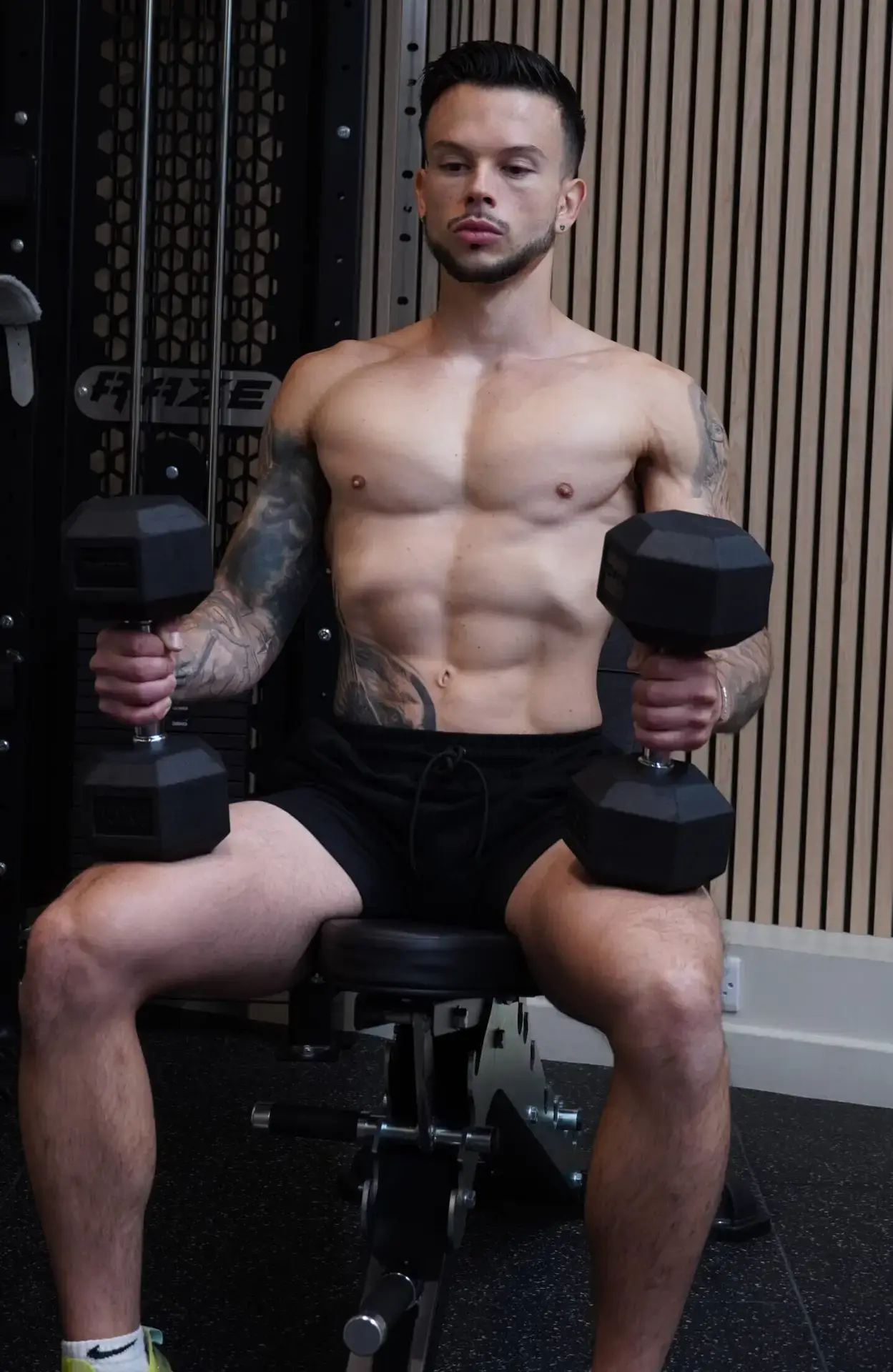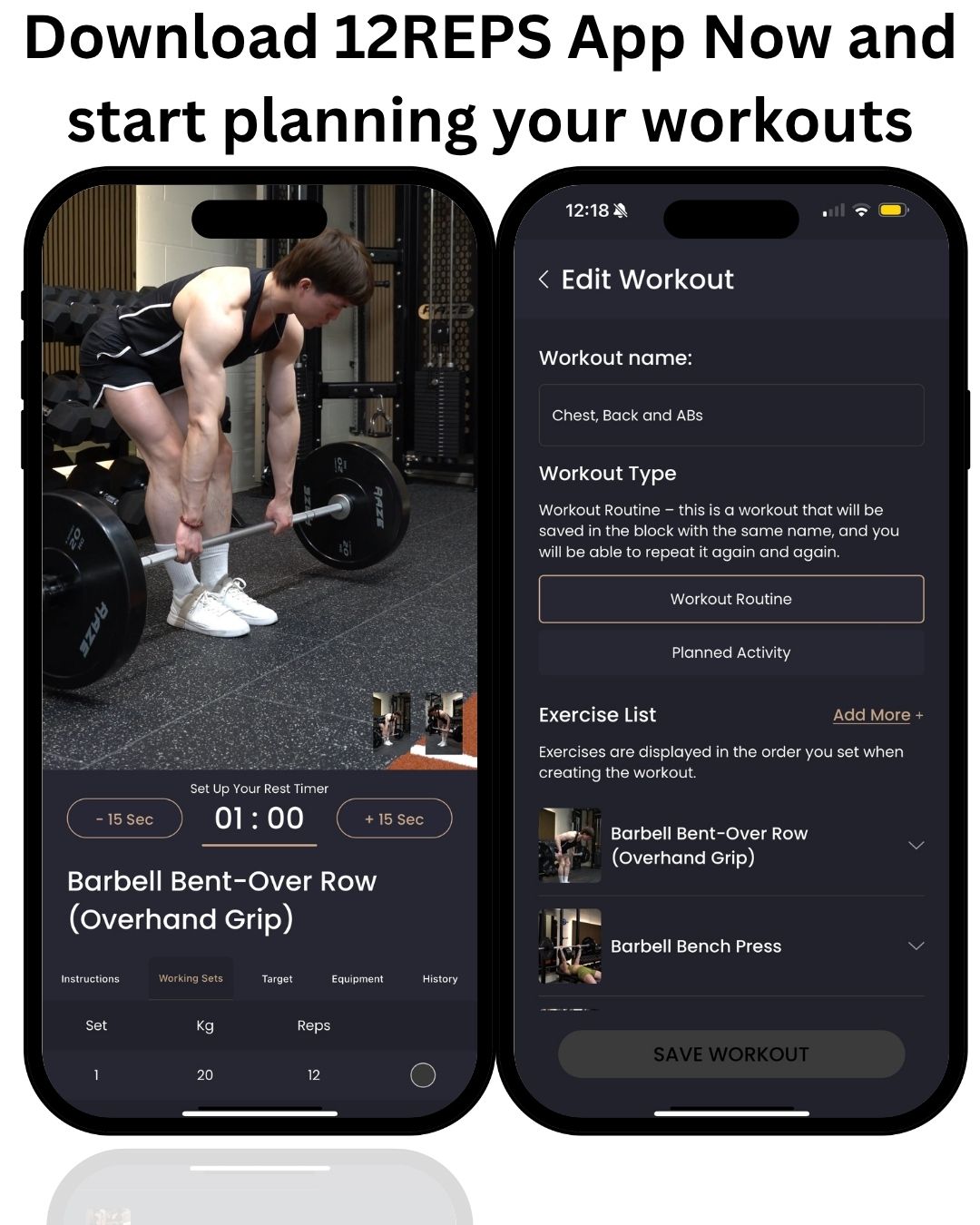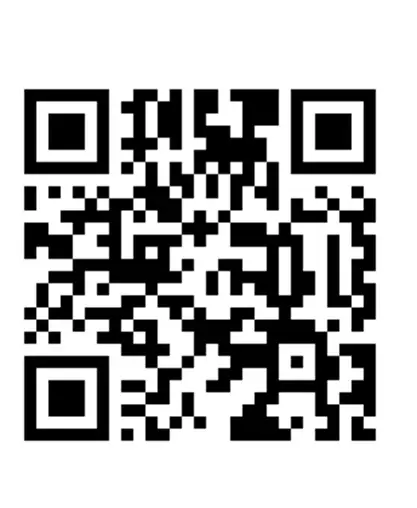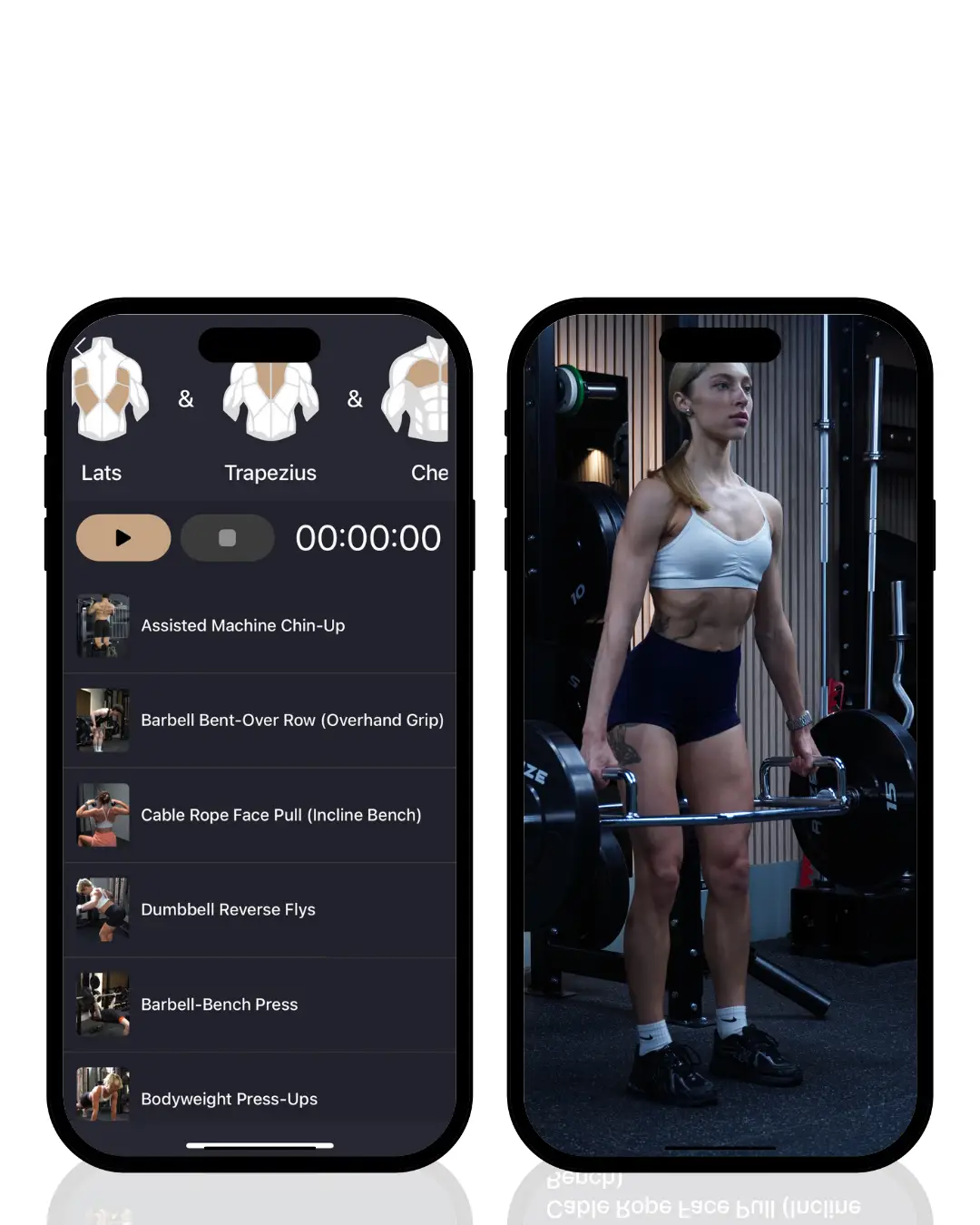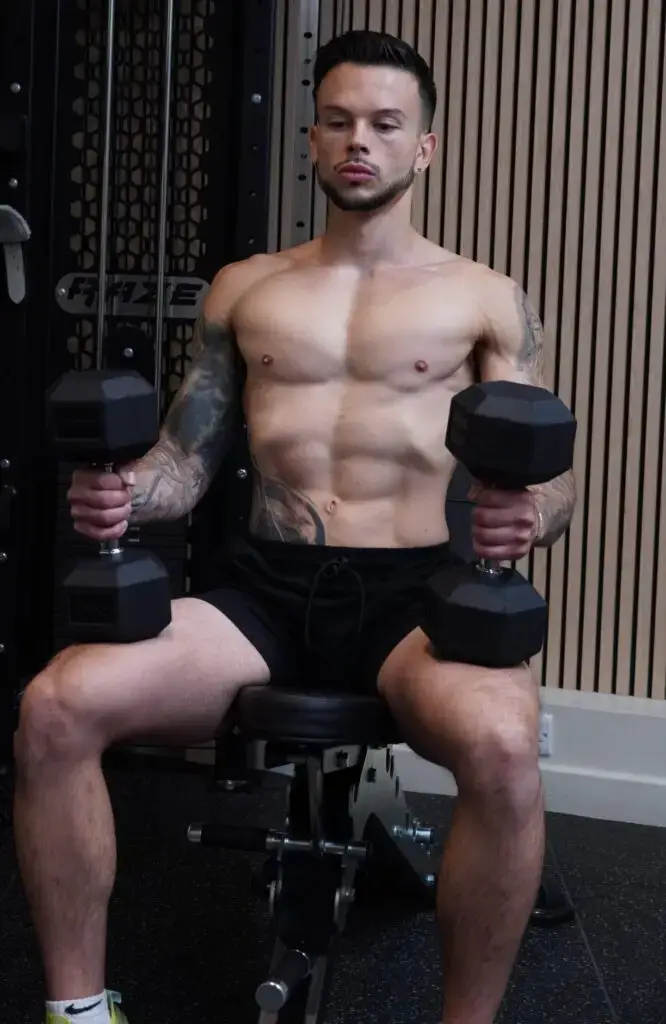Written by Will Duru, BSc (Hons) Sport and Exercise Science, award-winning Personal Trainer with over 10 years of experience in strength training and optimising recovery
Let me tell you something that might surprise you. Some of my strongest, most dedicated clients are over 40. In my 10 years as a personal trainer, I’ve seen more dramatic transformations in the 40-plus age group than any other. Yet every week, someone walks into my gym convinced they’re “too old” to start strength training.
This belief is not just wrong – it’s dangerous. After studying Sport and Exercise Science and working with hundreds of clients over 40, I can tell you that strength training becomes more important, not less important, as we age.
That’s what this guide is about. I’m going to share everything I’ve learned from my sport science degree and decade of hands-on experience training people over 40. Throughout this guide, I’ll reference the 12Reps app – a tool I helped develop that takes all these principles and creates personalised strength training programs for people over 40.
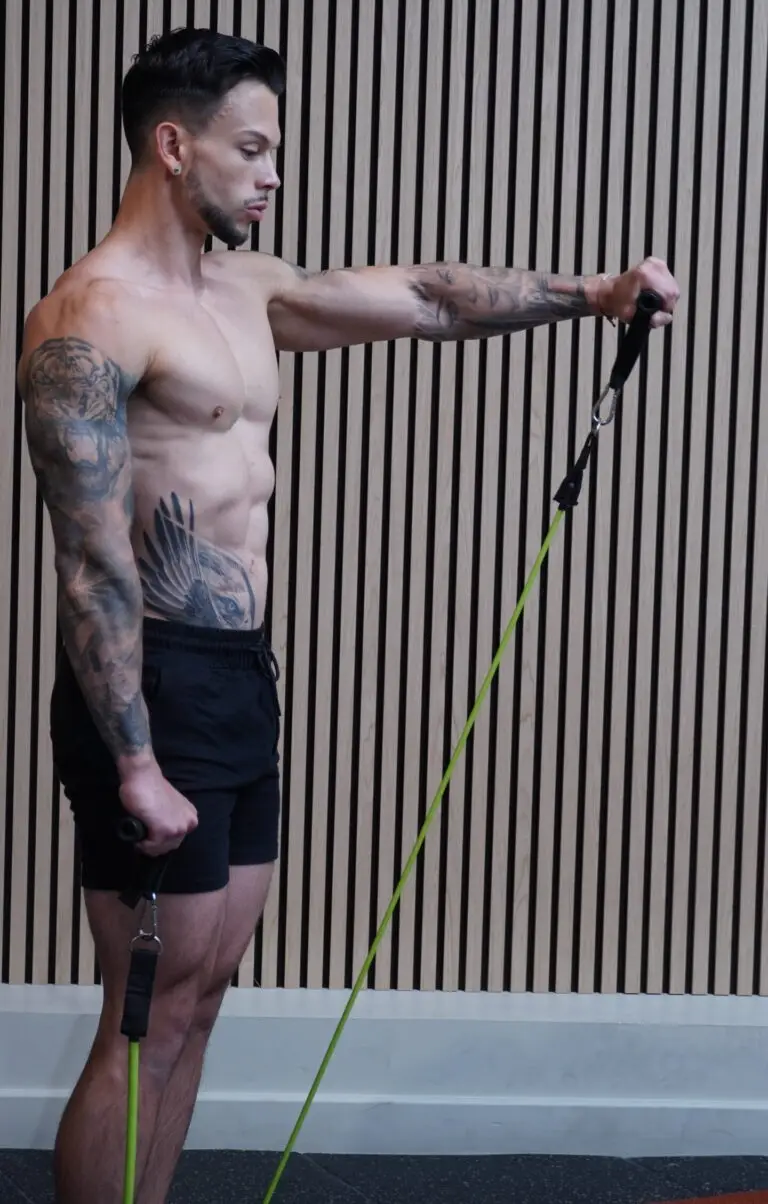
What Really Happens to Your Body After 40
Here’s the truth about aging that my sport science degree taught me and my clients have shown me firsthand. Yes, things change after 40, but these changes are not the death sentence most people think they are.
The biggest change is sarcopenia – muscle loss. Starting around age 30, we lose about 3-8% of our muscle mass per decade. But here’s what most people don’t know – this only happens if you don’t use your muscles. It’s not inevitable.
I’ve measured body composition on hundreds of clients over the years. The 40-year-olds who’ve been inactive show significant muscle loss. But the ones who stay active? They often have more muscle mass than sedentary 25-year-olds. The difference is what you do, not how old you are.
Hormones do change. Testosterone levels in men start declining around 1% per year after 30. Women face bigger hormonal shifts during perimenopause and menopause. Growth hormone production also decreases. These changes affect muscle building and recovery.
But here’s what I’ve observed: proper strength training can significantly offset these hormonal changes. When my 50-year-old male clients follow a good program, their testosterone levels often improve. The women I train report better energy, mood, and body composition despite hormonal changes.
Recovery does take longer after 40. Where a 25-year-old might recover from a hard workout in 24 hours, my 45-year-old clients often need 48-72 hours. But this doesn’t mean you can’t train hard – it means you need to train smart.
The 12reps app accounts for all these age-related changes. It adjusts recovery time, exercise selection, and progression rates based on your age and response to training.
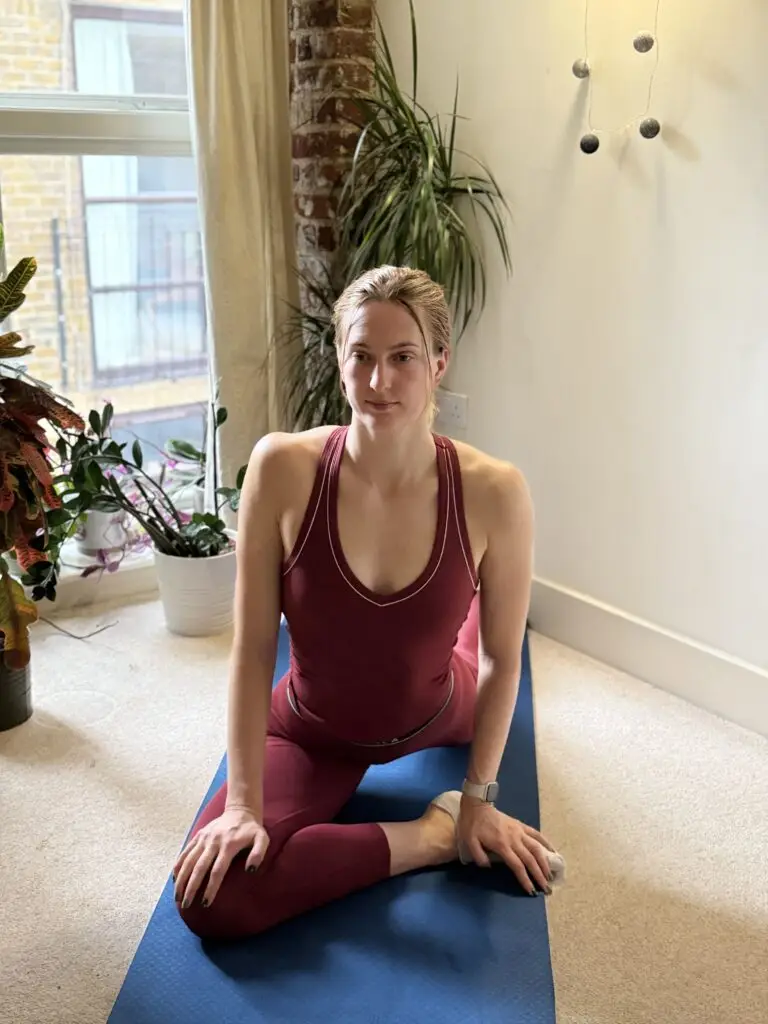
Why Strength Training is Your Best Friend After 40
Let me share some real transformations that will change how you think about training after 40.
Mark came to me at 52, convinced his best days were behind him. He’d gained 30 pounds since his 40th birthday and felt weak and tired all the time. Eighteen months later, he’d lost 25 pounds of fat and gained 8 pounds of muscle. His energy levels were higher than they’d been in years.
The muscle-building potential after 40 is much better than most people think. Yes, you might not build muscle as fast as a 20-year-old, but you can still build significant muscle mass. I’ve had clients in their 50s and 60s add 10-15 pounds of lean muscle in their first year of proper training.
What really amazes me is how quickly strength gains happen. Even if muscle growth is slower, strength improvements can be dramatic. I’ve seen 50-year-old beginners double their squat strength in six months. This happens because strength gains come from both muscle growth and improved nervous system efficiency.
The secret is that older adults often have better training consistency than younger people. They show up, follow the program, and don’t skip workouts to go out drinking or stay up late. They understand the value of patience and long-term thinking. This consistency more than makes up for any age-related disadvantages.
I’ve also noticed that my older clients are better at listening to their bodies and following instructions. They’re less likely to ego lift or skip warm-ups. They understand that the goal is long-term health and strength, not impressing people in the gym.
Bone health improvements are dramatic and measurable. Linda, a 48-year-old client, started training with me after her doctor warned her about early signs of osteoporosis. After two years of strength training, her bone density scans showed significant improvement.
The functional strength benefits might be the most important. I’m talking about real-world strength that makes daily life easier. Carrying groceries, playing with grandchildren, moving furniture, climbing stairs – all of these become easier when you’re strong.
The mental health benefits are just as important. I’ve watched clients transform not just their bodies but their entire outlook on life. Strength training builds confidence. When you can deadlift twice your body weight, everyday challenges seem more manageable.
The 12reps app maximises all these benefits by creating programs specifically designed for people over 40. It focuses on exercises that build functional strength, improve bone density, and enhance daily life activities.
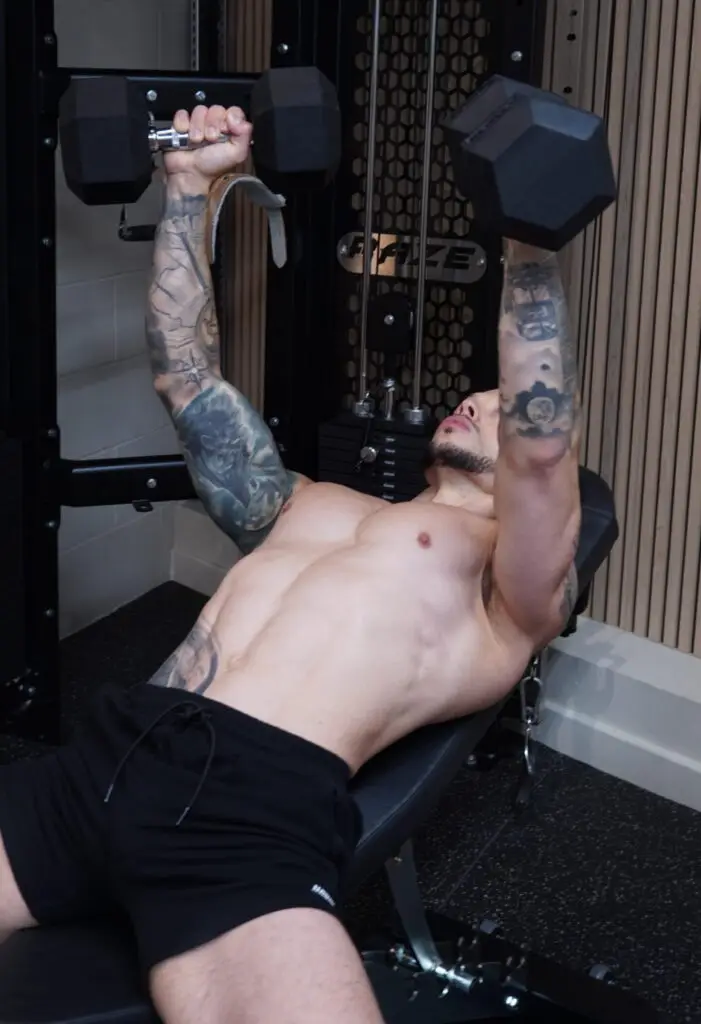
Getting Started the Right Way
After 10 years of training people over 40, I’ve developed a specific approach for getting started safely and effectively. The biggest mistake I see is people jumping in too fast without proper preparation.
First, get medical clearance if you haven’t exercised in years or have any health conditions. I always recommend this to new clients over 40. It’s not because I think you’re fragile – it’s because I want to know about any limitations that might affect your program design.
The fitness assessment I do with new clients is simple but revealing. I test basic movement patterns: can you squat down and stand up without using your hands? Can you reach overhead without arching your back? These tests tell me more about your starting point than any fancy equipment.
Goal setting is crucial and needs to be realistic. I’ve learned that clients over 40 respond better to performance goals than appearance goals. Instead of “lose 20 pounds,” I prefer goals like “deadlift your body weight” or “do 10 perfect push-ups.”
Equipment doesn’t need to be complicated. You can get started with just a few basic pieces: a set of dumbbells, a resistance band, and a stable surface for step-ups. The 12-reps app includes bodyweight and minimal equipment options that are perfect for getting started at home.
The most important thing is to start slowly and build consistency. I’d rather have a client do 20 minutes of exercise three times per week consistently than have them do intense 90-minute workouts that they can’t maintain.
My Programming Approach for 40+ Clients
This is where my sport science background and 10 years of practical experience really come together. Programming for people over 40 requires specific modifications that most generic programs ignore.
Rep ranges need to be adjusted based on what I’ve observed works best. I typically use 6-12 reps for main exercises and 8-15 reps for accessory work. This provides the best balance of strength building, muscle growth, and joint health. Higher rep ranges also allow for better blood flow and joint lubrication, which becomes more important with age.
The warm-up protocol I use with older clients is much more extensive. A proper warm-up for someone over 40 takes 10-15 minutes and includes joint mobility, dynamic stretching, and movement preparation. This isn’t wasted time – it’s injury prevention and performance enhancement.
I start every session with joint circles for the ankles, knees, hips, and shoulders. Then we do dynamic movements like leg swings, arm circles, and bodyweight squats. Finally, we do specific warm-up sets with light weights before the main exercises. My clients who follow this protocol have significantly fewer injuries and better workout performance.
Recovery time adjustments are critical. Where I might program four training days per week for a 25-year-old, I typically start my 40+ clients with three days per week. The key is allowing 48-72 hours between sessions that work the same muscle groups. This doesn’t mean you’re limited to three workouts per week forever. Many of my advanced clients over 40 train four or five days per week, but we build up to this gradually.
Exercise selection becomes more important with age. For people over 40, I emphasise exercises that build functional strength while being joint-friendly. Squats are still the king of exercises, but I might use goblet squats or box squats instead of back squats for some clients. Deadlifts are crucial, but I often start with trap bar deadlifts or Romanian deadlifts.
The goal is to choose exercises that give you the most benefit with the lowest injury risk. This isn’t about being conservative – it’s about being smart. I’ve seen too many people over 40 get injured doing exercises that don’t suit their body mechanics or mobility limitations.
The 12reps app implements all these principles automatically. It adjusts rep ranges, recovery time, and exercise selection based on your age and experience level. The app also includes the warm-up protocols I’ve developed specifically for people over 40.
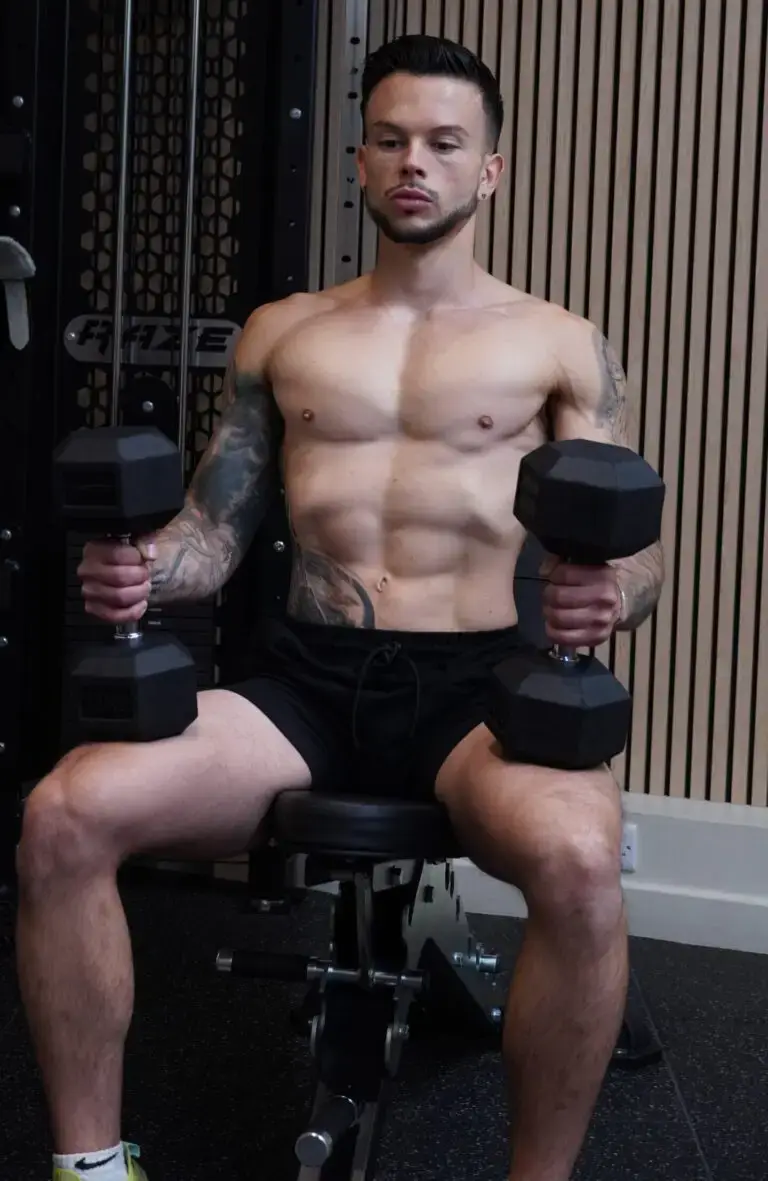
Biggest Mistakes I See (and How to Avoid Them)
In 10 years of training people over 40, I’ve seen the same mistakes over and over again. The good news is that these mistakes are completely avoidable once you know what to look for.
The biggest mistake is doing too much too soon. I call this “weekend warrior syndrome.” Someone decides to get in shape and immediately jumps into intense daily workouts. Within two weeks, they’re burned out, sore, or injured. I had a client, Dave, who came to me after trying to do P90X at age 48. He lasted three weeks before his shoulder gave out. We started over with a much more gradual approach, and he eventually surpassed his original fitness goals without any injuries.
The rule I follow is simple: start with less than you think you can handle. If you think you can train five days per week, start with three. If you think you can handle 45-minute workouts, start with 30 minutes. You can always add more later, but it’s hard to recover from doing too much initially.
Mobility neglect is another huge mistake. Many people over 40 focus only on strength and ignore flexibility and mobility. This is backwards thinking. As we age, maintaining range of motion becomes more important, not less important. I require all my clients over 40 to spend at least 10 minutes per day on mobility work. This includes basic stretches for the hips, shoulders, and spine.
Poor recovery planning sabotages progress. Many people think that more is always better, but recovery is when your body actually adapts and gets stronger. Without adequate recovery, you’re just breaking down your body without building it back up. Sleep is the most important recovery tool, but many of my clients over 40 struggle with sleep quality due to work stress and family responsibilities.
Form over ego is a lesson that becomes more important with age. I’ve seen too many people over 40 get injured because they were more concerned with lifting heavy weight than lifting with proper form. Your joints and connective tissues are less forgiving of poor form as you age. Perfect form with lighter weight is infinitely better than sloppy form with heavy weight. The goal is to train consistently for years, not to impress people in the gym for a few weeks before getting injured.
The 12reps app helps prevent these mistakes by building in appropriate progression, recovery time, and exercise modifications. It’s like having a knowledgeable trainer guiding your decisions.
Nutrition and Recovery Secrets
Nutrition becomes more important after 40, not because your body is failing, but because you have less margin for error. The eating habits that worked in your 20s might not support your goals in your 40s and beyond.
Protein needs are higher for people over 40 who are strength training. The research shows that older adults need more protein to stimulate muscle protein synthesis. I recommend 1.2-1.6 grams of protein per kilogram of body weight for my clients over 40 who are actively training. This translates to about 25-30 grams of protein per meal for most people.
Good protein sources include lean meats, fish, eggs, dairy, and plant-based options like beans and quinoa. I’ve found that clients who hit these protein targets consistently see better muscle building and recovery. The timing of protein matters too. I recommend eating protein within two hours after training when possible. This doesn’t have to be a fancy protein shake – a glass of milk or a handful of nuts works just fine.
Hydration becomes more critical with age. I’ve noticed that my older clients are more sensitive to dehydration, which affects both performance and recovery. Dehydration can lead to decreased strength, poor concentration, and slower recovery. A good target is half your body weight in ounces of water per day, plus extra during and after training. If you’re 160 pounds, that’s about 80 ounces of water daily.
Sleep optimisation is where I see the biggest opportunity for improvement. Many of my clients over 40 are dealing with work stress, family responsibilities, and hormonal changes that affect sleep quality. But sleep is when your body repairs and builds muscle. Poor sleep can undo all the good work you do in the gym.
The sleep strategies that work best for my clients are surprisingly simple. Keep a consistent sleep schedule, even on weekends. Make your bedroom cool, dark, and quiet. Avoid screens for at least an hour before bed. I also recommend avoiding caffeine after 2 PM and large meals within three hours of bedtime. Some of my clients use magnesium supplements, which can help with both sleep quality and muscle recovery.
Stress management is crucial because chronic stress interferes with recovery and muscle building. High stress levels increase cortisol, which can break down muscle tissue and interfere with sleep. The stress management techniques that work best are regular exercise (which you’re already doing), deep breathing exercises, and finding time for activities they enjoy.
I’ve also found that having a structured training program reduces stress rather than adding to it. When clients know exactly what they’re doing in the gym and can see their progress, it becomes a stress reliever rather than another source of pressure. This is another reason why the 12reps app is so valuable – it removes the guesswork and decision fatigue from your workouts.
The 12reps app includes nutrition guidance specifically designed for people over 40. It provides meal timing suggestions, protein targets, and hydration reminders that support your training goals.
Conclusion
After 10 years of training people over 40 and seeing hundreds of transformations, I can tell you with complete confidence that your best days are not behind you. They might actually be ahead of you. The key takeaways are simple but powerful. Age-related changes are real but manageable with the right approach. Strength training becomes more important, not less important, as you age. Consistency beats intensity every time. Proper programming, recovery, and nutrition make all the difference.
I think about clients like Margaret, who started training with me at 62 and is now stronger at 65 than she was at 45. Or James, who thought his back problems meant he could never lift weights again, but is now deadlifting pain-free at 58. These aren’t exceptional cases – they’re typical results when you follow the right approach.
The science supports what I see in practice every day. Strength training after 40 can increase muscle mass, improve bone density, enhance metabolic health, and dramatically improve quality of life. The research is clear, and my real-world experience confirms it. But knowledge without action is worthless. The best program in the world won’t help you if you don’t start. The perfect time to begin strength training was 20 years ago. The second-best time is today.
This is where the 12reps app becomes invaluable. Everything I’ve shared in this guide – the programming principles, exercise selection, recovery protocols, and progression strategies – is built into the app. It’s like having a knowledgeable trainer with you every step of the way. The app creates personalised programs based on your age, experience level, and goals. It includes the warm-up protocols I use with all my clients over 40. It provides form demonstrations and safety guidelines. Most importantly, it progresses at the right pace for your age group. You can download the 12reps app and start your transformation today.
The app offers programs for complete beginners as well as more advanced options for experienced trainees. Whatever your starting point, there’s a program designed specifically for you. Remember, every expert was once a beginner. Every strong person was once weak. Every confident person was once uncertain. The only difference between where you are now and where you want to be is taking that first step.
Your age is not a limitation – it’s an advantage. You have the wisdom, patience, and consistency that younger people often lack. You understand the value of long-term thinking and sustainable progress. These qualities will serve you well in your strength training journey. The body you want, the strength you desire, and the confidence you’re seeking are all achievable. I’ve seen it happen hundreds of times with people just like you. The question isn’t whether you can do it – the question is whether you will do it.
Start today. Download the 12reps app. Take that first step. Your future self will thank you for the decision you make right now.


